The History Behind Haunted Mirrors and Other Superstitions
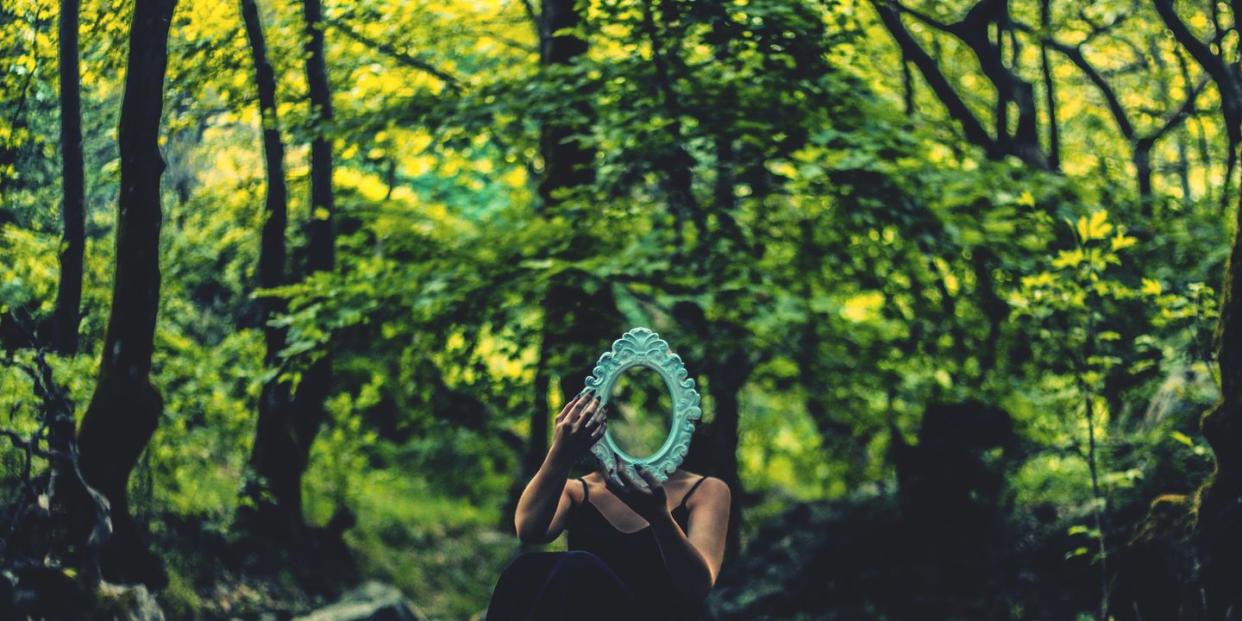
"Hearst Magazines and Yahoo may earn commission or revenue on some items through the links below."
"Mirror, mirror on the wall," the evil stepmother demands. "Red Rum," the haunted little boy writes. "Double, Double, Toil and Trouble," cry MacBeth's witches. "Bloody Mary," the little kids chant until they're sufficiently scared... What do these incantations all have in common? Mirrors, of course. You're probably familiar with the classic scary movie 'murderer in the mirror' trope, or the good old jarring and dysmorphic funhouse/circus hall of mirrors nightmare. Remember Narricius? He's the one who became so beholden by the vision of his own face in the surface of the water (the original mirror) that he actually died of thirst as to not disturb the reflection. And more recently, in the age of the Internet, eBay developed an entire section dedicated to anything "Haunted" with plenty of "buyer beware" cautionary listing titles, with mirrors dominating the list of items up for grabs. And don't even get me started on Reddit...
So why, exactly, do mirrors—and especially antique ones—have such a twisted reputation? Well, there are a few reasons. Curious, I went digging to learn more about the cultural, mythological, and historical customs around mirrors. Plus, obviously, I needed to know if this had any bearing on decorating with antique mirrors—is that basically inviting evil spirits into my house? Maybe you're just superstitious. Or curious, like me, about all things haunted. Or perhaps it's that you have a burning need to know what the folkloric origins of cursed mirrors tells us about our values and fears as a society. Either way, you'll want to read this before picking up that charmingly lived-in-looking mirror innocently propped up on the sidewalk or peeking out of a dumpster just in case it turns your lovely home into a haunted one.
To hear more spooky ghost stories, subscribe to our haunted house podcast Dark House on Apple Podcasts, Spotify, or anywhere you listen.
Legends, Myths, and Superstitions
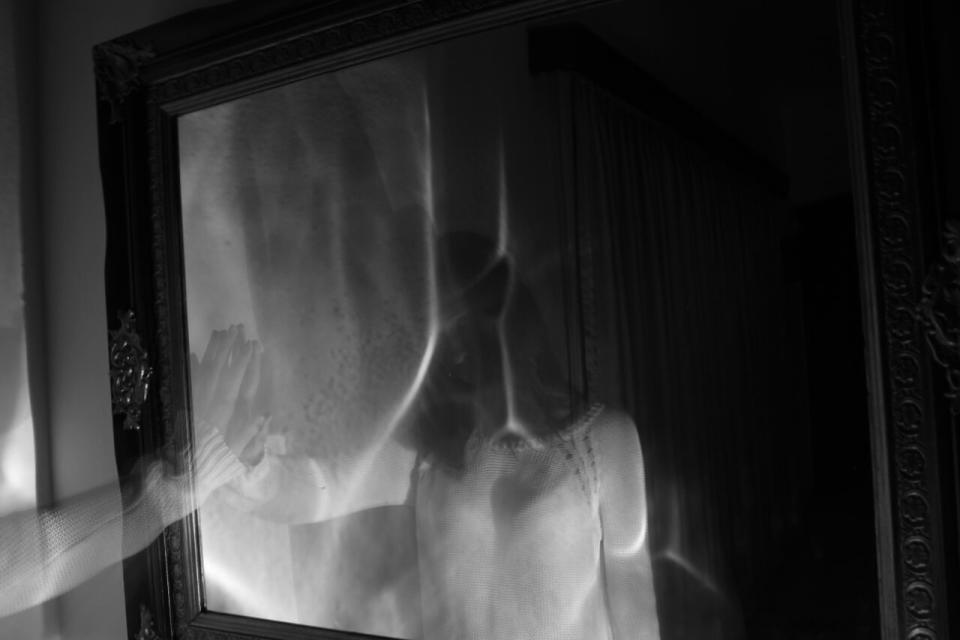
According to DeeDee Woods of Black Cat Curiosities Art and Antiques, "The ancient Romans believed that mirrors or any reflective surface were a reflection of the human soul, and they must not be misused or something terrible could happen and the soul could be lost. Many cultures all around the world feel that mirrors are portals to other worlds, predictors for the future, and windows to the afterlife." Perhaps it's something about being witnessed (and duplicated) that both validates us and makes us feel uneasy. A mirror makes so much visible, which begets questions of what is invisible. And they can convey both truth and illusion: To "take a cold, hard look in the mirror" is to be honest with oneself after a period of denial, but "smoke and mirrors" are a trick. Is any other home good so extremely duplicitous?
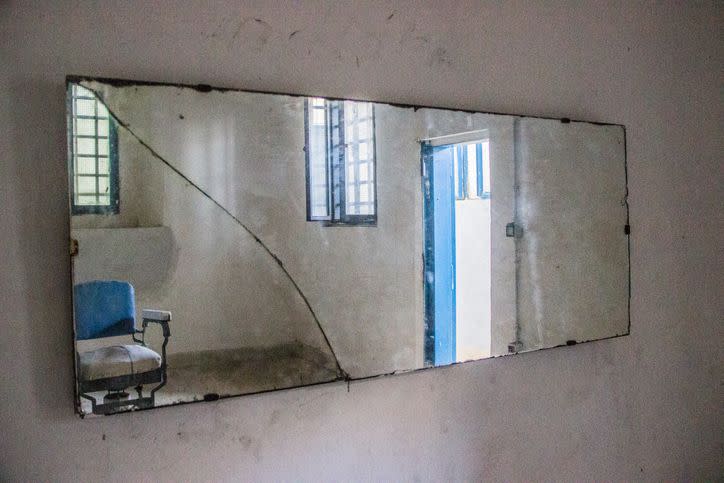
Another superstition: A broken mirror is said to bring seven years of bad luck. Why seven years? It would take seven minutes, maybe, to clean up the mess without drawing blood—those shards of glass can be difficult to spot. And a mirror can be expensive to replace; they were super valuable in the 17th and 18th centuries. New York Times reporter Wendy Moonam goes as far as to say that in that era, "A mirror was the ultimate status symbol. Louis XIV set the example by installing the spectacular Hall of Mirrors in Versailles. After that, displaying a mirror was a mark of refinement, power, wealth, and self-confidence."
But don't fret too much if you do crack or break a mirror—good old Snopes rates the veracity of this superstition as a "legend," not fact (although their post then goes on to give in-depth advice about how to rid yourself of the seven-year curse, one of the tips being to touch a shard of the broken glass to a tombstone... and we can't confirm this actually, um, works).
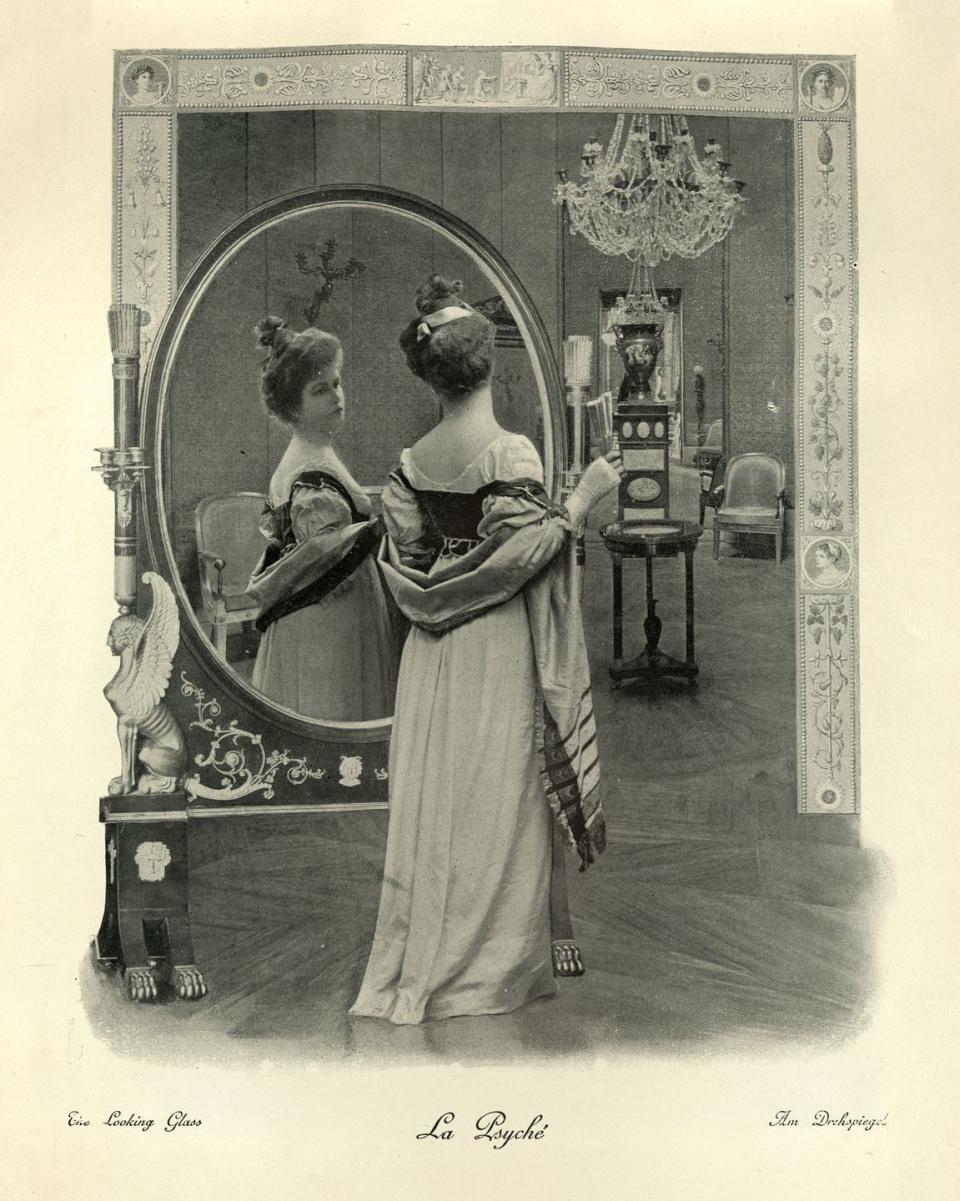
Many spiritualists also believe that a broken mirror in a house will attract bad energy (they don't exactly look pretty, so I won't argue the point). Little wonder that some secondhand resale sites have entire sections dedicated to them. It is, after all, a little creepy to look at your fragmented self... Particularly if you're already feeling a little *fragmented* emotionally.
Psychology and Symbolism
Have you ever seen a puppy look at its reflection for the first time? It usually barks, out of fear or confusion. Though we're now used to seeing ourselves, it can still be strange. In fact, there's a phobia known as eisoptrophobia, which refers to an extreme fear of seeing your own reflection in the mirror; and another phobia, spectrophobia, is a fear of seeing ghosts. Combined, these amount to a fear of seeing ghosts in the mirror. If you ever see shadows dancing across a mirror and ask yourself if you saw something move out of the corner of your eye, you can probably understand why this is unsettling.
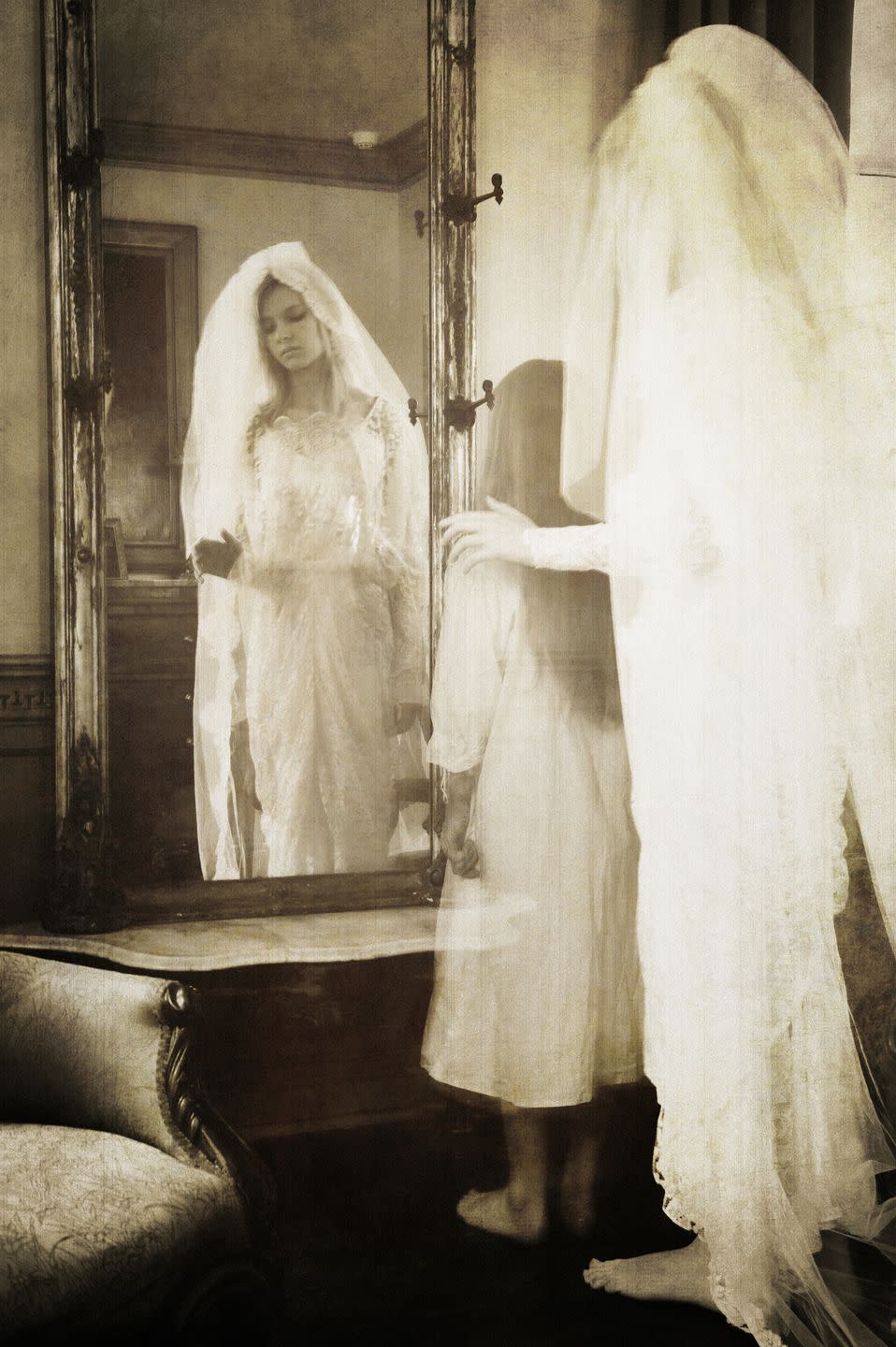
Mirrors show us ourselves and show us what's behind us. So what if there's something there that we can't see because our vision is limiting us? What if we're not alone? Mirrors conjure up these existential thoughts and fears. In fact, it's quite hard to talk about mirrors without spiraling into the philosophical realm—suddenly your sentences are tumbling and twirling down a hallway of poignancy when all you were trying to do was explain what you saw. Mirrors can also distort perception, and we all know what that leads to...
When we're shopping vintage or purchasing an antique item, we really have no idea where it came from, and since it's an inanimate object, it can't tell us. A used sofa could have had something gross or creepy occur on it in the past, but a secondhand mirror was a witness. What if a really bad person used it to apply makeup every day, maleficent glaring into the surface? Or what if it was passed down within a family that just keeps getting plagued by tragedy... Chalk it up to my wild imagination, but there's something unnerving about staring at your own reflection in a piece of glass that also projected a gruesome murder fifty years ago. And I say this as a collector of vintage mirrors—and also potentially, I'm discovering as I write this, perhaps a mild case of eisoptrophobia with comorbidity of spectrophobia. So try not to take it too seriously or let it deter it from getting the vintage mirror of your dreams.
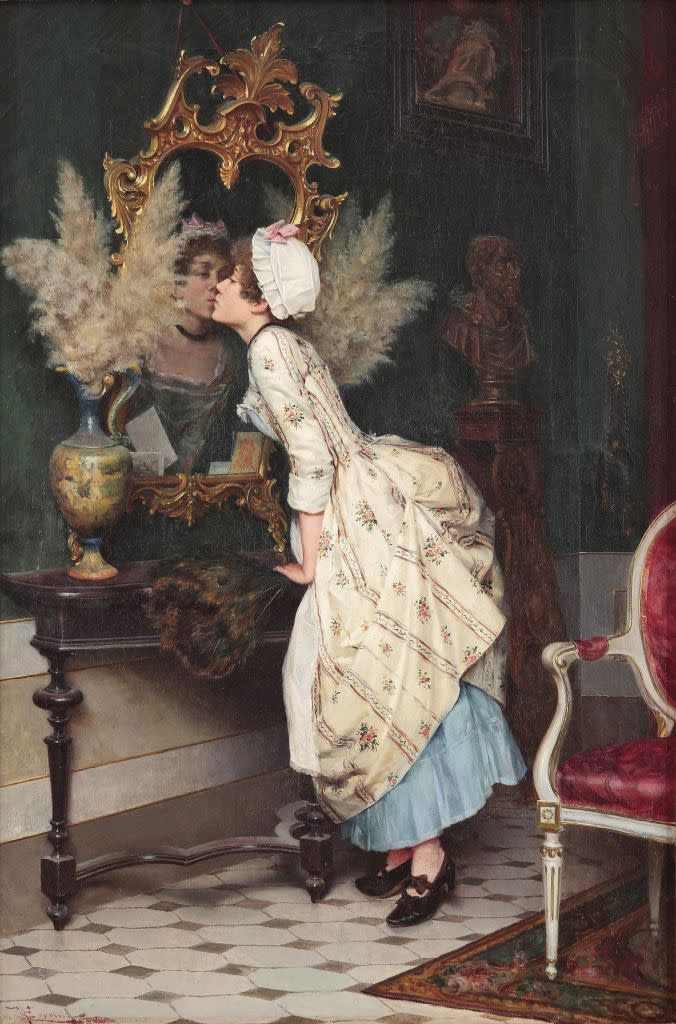
Mourning, Death, Religion, and Meaning
Our paranormal obsession may very well be linked to our discomfort with mortality and with the pain of grieving a loss in Western culture. A ghost is all about a past that lingers in the now, a crossing of realms. So it's no surprise that mirrors, which often look like windows and bounce light, are associated in origin stories with being portals, or "windows," to another realm (inverted, perverted ones). Mirrors as portals were conceptualized, perhaps, as a way to explain mysterious and unexplainable events or circumstances pre-science. Creating a narrative around a particular event helps us make sense of it, and thus control it, which ultimately minimizes fear.
According to Christine Quigley in The Corpse: A History, it was common for people in the Victorian age to drape a cloth over mirrors in the homes of those who recently passed. Similarly, "the postmortem photo was just one aspect of an elaborate mourning ritual that often involved covering the house and body in as much black crepe as one could afford, as well as more intimate acts like washing the corpse, watching over it, and accompanying it to the gravesite. Early photos were sometimes referred to as 'mirrors with memories,' and the Victorians saw photographing the dead as one way of preserving the memory of a family member. Photos of the dead were kept as keepsakes, displayed in homes, sent to friends and relatives, worn inside lockets, or even carried as pocket mirrors," reports Bess LoveJoy of MentalFloss in their deep dive on postmortem photography in the Victorian era.
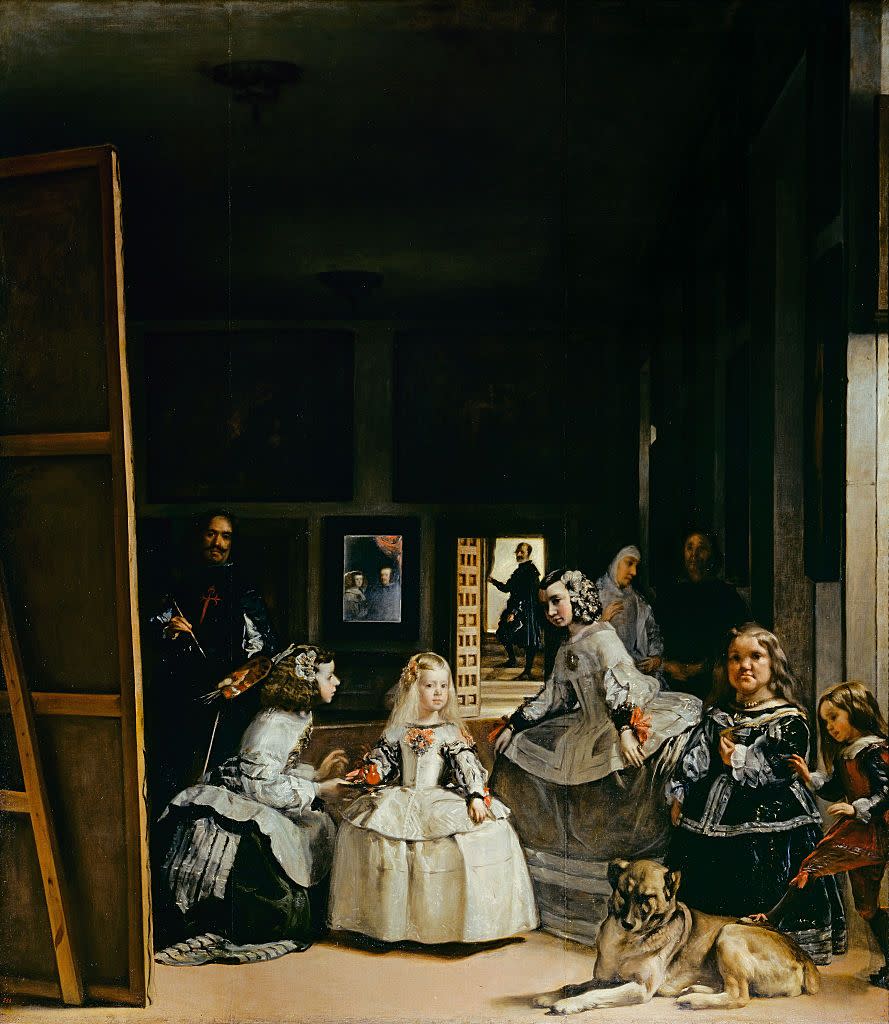
In the Jewish faith, a common custom while sitting shiva, a mourning ritual, is covering up all the mirrors in the home. This is a gesture of humility, the opposite of vanity. Death is outside of our normal, day-to-day scope of life, and so the customs and rituals put in place to honor those moments and mark those events as elevated, is a way to respect those no longer with us. The same is true for all rituals, really. They bring us outside of ourselves and closer to spirituality and community, closer to our ancestors in the time that they were originally practiced to honor the holy.
Antiques, Art, and Culture Today
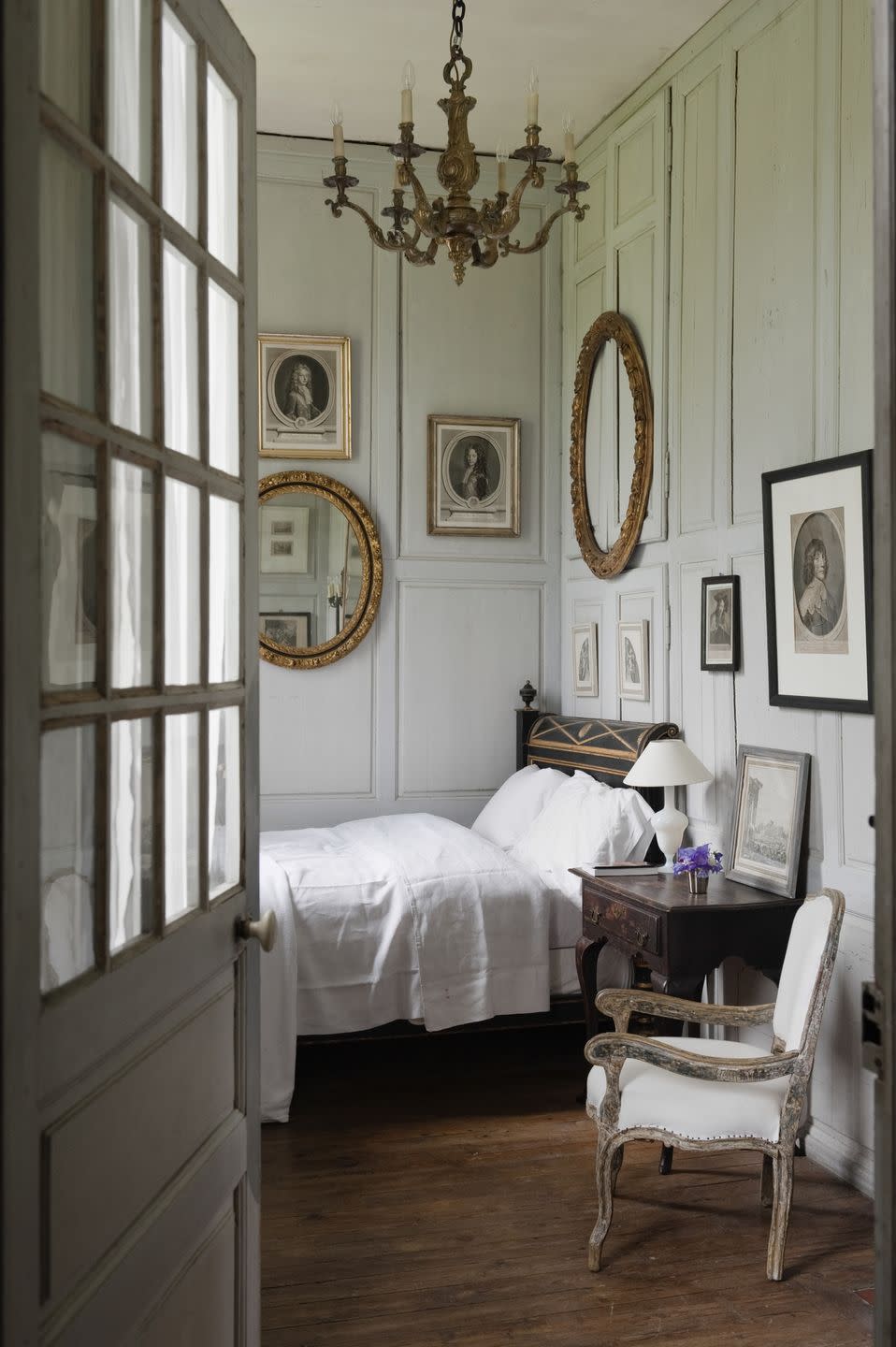
The fixations don't stop with traditional customs or even death. The Santa Barbara History Museum currently has an exhibit called, you guessed it, "The Haunted Mirror." In it, "A wall of vintage mirrors beckons visitors to the past with a “doorbell,” through which the observers can experience a visit from a 'ghost.' The historical characters summoned by the doorbell tell stories about their life and encourage the observers to hunt for evidence of their existence in the Museum’s main exhibition." So, clearly, the idea of a ghost joining your own reflection in an antique mirror isn't a novel one.
Another example of an artist exploring the haunted mirror phenomenon is Eric Oglander. "His previous work includes 'Craigslist Mirrors,' a popular Tumblr site that was published as a book in 2016. Seemingly simple in conceit, it consists exclusively of screenshots of listings of people selling mirrors on Craigslist. The images are funny, poignant, and often unintentionally telling, revealing strange corners of peoples’ lives," wrote Alicia DeSantis of Oglander for the New York Times in 2019. "Refocusing the essence of the project’s emergent themes (anonymity, fragmented realities, voyeurism, notions of truth, and crowdsourcing) the book distills Oglander's project down from a diffuse cloud of images-of-objects-that-cast-images."
Despite all the hoopla and perceived spookiness, antique mirrors can actually be some of the most valuable collectibles. Sometimes it's because the piece is rare, or it may have a particularly noteworthy history. But mirrors are also timeless and beautiful, which makes for a good family heirloom that will live on throughout the years among many different styles and in varying environments. They hold up so well in a way that, like art, makes them a beautiful decorative accent transcendent of our own lifespans.
Follow House Beautiful on Instagram.
You Might Also Like

